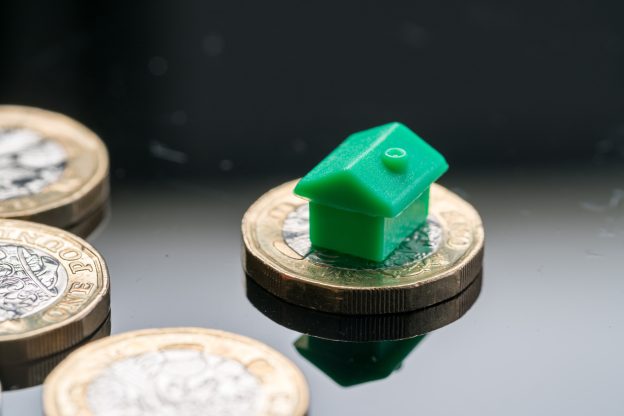
Stamp Duty is a tax you might need to pay when buying property or land and applies to both freehold and leasehold properties bought outright or with a mortgage.
You’ll pay stamp duty land tax (SDLT) on residential properties in England and Northern Ireland that cost over £250,000, unless you’re a first-time buyer.
Stamp duty thresholds are set to change on 31st March 2025, as the temporary increases introduced in September 2022 are scheduled to end. This shift will affect all homebuyers, with some predicting that first-time buyers may feel the greatest impact.
Understanding when the new stamp duty changes are due to happen and what it means for your house purchase is important so you can factor in the correct stamp duty bill to the overall cost of moving home.
The effect will typically be the greatest in the South of England, specifically in the South East and East of England where property prices are generally higher.
As of now, individuals purchasing their first home are exempted from paying stamp duty for properties valued up to £425,000.
There is a proposed decrease in the first time buyer stamp duty threshold to £300,000, which could result in an increase of several thousands in the total cost of buying a house.
For example individuals purchasing a property for the first time which is worth £425,000 should receive a stamp duty bill of £6,250 (which would currently be zero) if no alterations are made in the upcoming Autumn Budget dated October 30 2024.
Izabella Lubowiecka, Senior Property Researcher at Zoopla comments: “Thousands of first-time buyers have benefitted from the relief in stamp duty introduced in 2022. With just two months to go, those looking to purchase their first home should act this Autumn if they are to avoid paying more in stamp duty, particularly if they are looking to purchase a home in Southern England, an area where first-time buyers are likely to see a sizable increase in SDLT once the changes come into effect next April.
“Those not looking to purchase until after 1st April, should make sure they build the additional stamp duty fees into their plans and account for it in their overall budgets.”
First time property buyers will also face losing their first time buyers relief on properties worth more than £500,000.
For first time property buyers the cumulative affect of the expected stamp duty threshold changes will result in approximately a one third increase in the number of first time buyers who will have to pay higher stamp duty.
The current stamp duty nil rate band will also be reduced from the current level of £250,000 to £125,000.
What are the new stamp duty thresholds?
Starting from 31st March 2025 the following changes to stamp duty are expected to be implemented:
- The current nil rate threshold of £250,000 will revert back to its previous level of £125,000.
- First-time buyers, who currently benefit from a nil rate threshold of £425,000, will see it decrease to the previous level of £300,000.
- The maximum purchase price to qualify for first-time buyers relief, which allows for a reduced stamp duty rate, is currently £625,000.
This will be reduced to the previous level of £500,000 with a 5% first time buyers relief given on the portion of a property worth between £300,000 up to a maximum of £500,000.
Stamp duty rates and thresholds from 31st March 2025
- Up to £125,000: 0% stamp duty.
- £125,001 to £250,000: 2% stamp duty.
- £250,001 to £925,000 5%: stamp duty.
- £925,001 to £1.5 million 10%: stamp duty.
- Over £1.5 million: 12% stamp duty.
You can use the free stamp duty land tax calculator on .GOV to help calculate your stamp duty bill.
How do first time buyers get stamp duty relief?
Currently first-time purchasers are not obligated to pay stamp duty on properties valued up to £425,000 (but to let properties don’t qualify). For the portion between £425,001 and £625,000, a 5% stamp duty rate is imposed.
If the property exceeds £625,000 in value first time buyers relief won’t available and the standard stamp duty rates will be applicable.
First-time buyers who acquire a property worth up to £625,000 will be exempt from paying stamp duty on the initial £425,000 and will only be liable for a 5% charge on the remaining amount.
How can I avoid the stamp duty increase?
To avoid the projected stamp duty increases you should finalise your property purchase by the 31st March 2025.
Although this deadline may appear distant, the typical duration for completing a house purchase in the UK ranges from 12 to 16 weeks and can be even longer in specific circumstances.
This means the latest feasible date to initiate the house buying conveyancing process would be prior to Christmas 2024, which isn’t far away.
It would be a good idea to keep up to date on any updates made to stamp duty in the next budget at the end of October 2024.
The government may change rates and or stamp duty thresholds that could affect your house buying decision making process.







